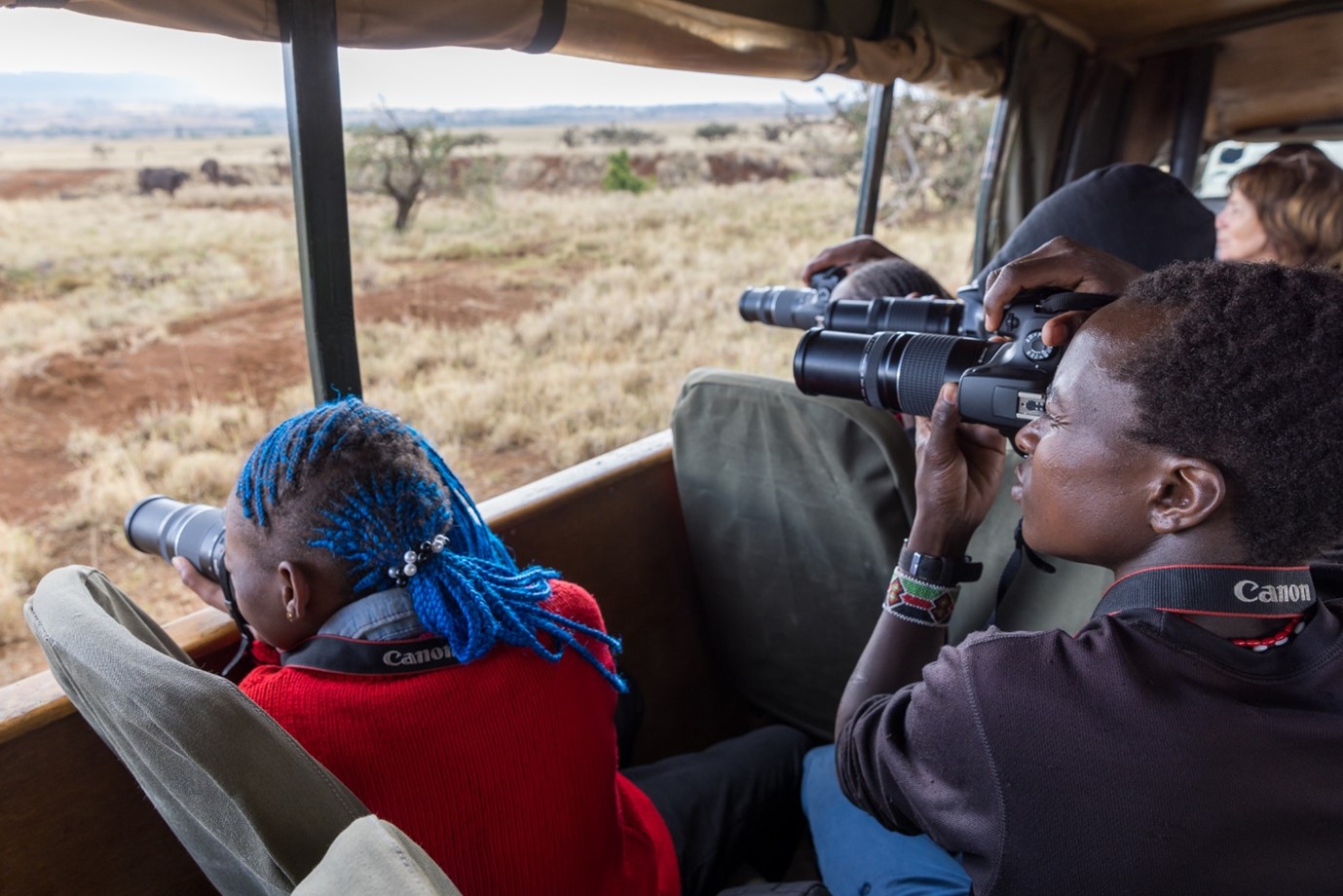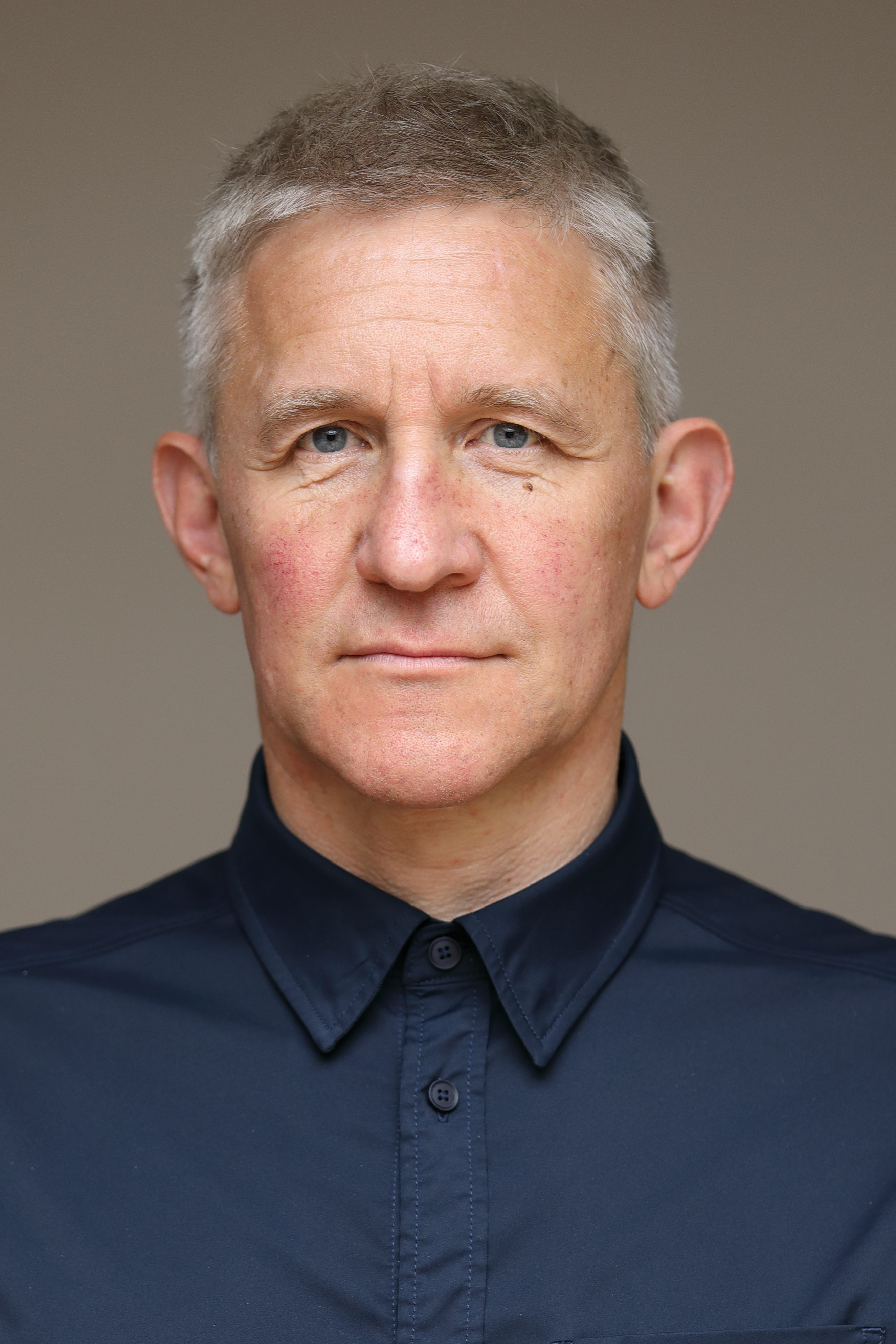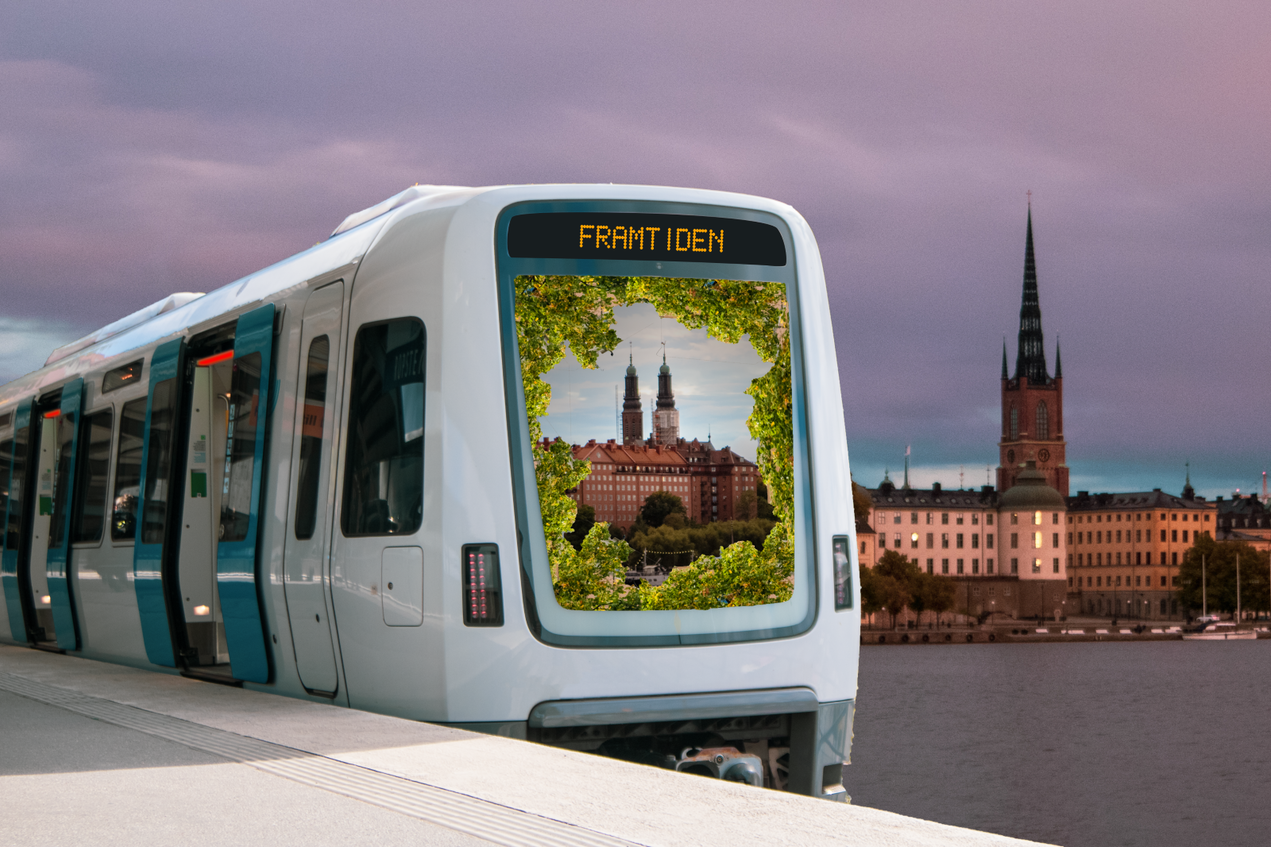Through the lens of sustainability: The power of visual storytelling
Adam Pensotti, head of Canon's Young People Programme discusses the power of photography through visual storytelling

Photography has long been a powerful driver of change. It’s a universal language that’s famously effective in delivering messages and bringing people together. We’ve changed the world through images – from the first photo of Earth taken from space to the melting polar ice caps – the power of visual storytelling shouldn’t be underestimated.
For the environmental movement, visual storytelling has played an especially significant role. Many trace the start of this movement back to a single photograph in 1968 called Earthrise – an image of our planet taken from space that perfectly captured the sentiment of a united population in the face of climate change. Since then, imaging has helped to raise awareness of sustainability narratives; speaking truths and highlighting to global audiences the need to come together and act for long-term positive change.

Adam Pensotti champions social sustainability at Canon EMEA’s London headquarters. He is Head of the Canon Young People Programme, an EMEA-wide social investment strategy providing visual storytelling workshops focused on the United Nations Sustainable Development Goals. With over 25 years of experience in the creative sector, Adam started as a photographer, then a cinematographer, then a director and producer.
Last year, at COP 27, leaders stressed the necessity of collaboration to protect our planet and its people - prioritizing the need for justice and ambition. If we continue pushing towards this goal, we need to use the tools we have to inspire real, impactful change. One way of doing this, on a global scale, is through the power of visual storytelling.

Imaging illustrates and influences the way we see the world around us
There’s a lot of power in an image. When we think of sustainability and climate action, I’ll bet we all think about strong visuals that have struck a chord. Whether that’s the bright forest fires in Australia back in 2021, heaps of plastic bottles scattered along beach shores, or turtles tangled up in plastic bags. Imaging is part of our daily, and it shouldn’t be underestimated for its influence in driving change.
It’s not just about cementing an image into our brains or leading to an emotive response. Of course, these are pieces to the puzzle but a large part of visual storytelling is also about education - spreading awareness of key issues and creating accessible opportunities for people from all backgrounds to speak their truths and voice what matters to them. When building our understanding of history and countries never visited, we rely on what we have seen.
We’ve seen imaging play a particularly significant part in highlighting the United Nations’ 17 Sustainable Development Goals (SDGs), which work as a shared blueprint for building a better world. For example, as a supporter of the SDGs, Canon’s Young People Programme (YPP) collaborates with the Wild Shots Outreach program in South Africa to illustrate through photography the effects of poaching, climate change and other aggressors that threaten the planet and its wildlife. It engages young people from disadvantaged communities bordering Kruger National Park in wildlife and wild places through photography.
Providing opportunities and encouraging this activity can help build connections between people and where they live and are incredibly valuable in spreading awareness and inspiring others to act for a better world.
The best camera deals, reviews, product advice, and unmissable photography news, direct to your inbox!
Inspiring a new generation of changemakers
Many young people today are incredibly well-versed in communicating through imagery, sharing their stories online, via social media and in the real world. It is also this generation, Gen Z, who present to us the most informed, passionate and environmentally aware generation the world has ever seen – a demographic widely known for using image-based platforms to share ideas, information and stories.
According to an Ofcom report in the UK, 44% of 8-11-year-olds are active social media users, with this increasing to 87% for 12-15-year-olds. The prevalence and importance of visual storytelling online have also been recognized by the UN, with access to the internet being named a basic human right, so that everyone has the ability to express themselves and share their voice.
To support the use of this valuable medium of expression and encourage young people to use it for good, older generations should be supporting young people to speak out about the issues they see in the world around them so that they learn that they can enable change. Last year, Canon sought to promote practical, sustainable change by launching the Inspiring Change Initiative, to inspire, educate and empower young people from all over the world to tell their sustainability stories.
In the Sweden edition of the program, young participants took part in photography workshops and photographed images of cities, to share visions of future sustainable cities, prompting conversations between them and companies, city leaders and politicians. Participants launched a photography exhibition in Stockholm City Hall, the Stockholm City Climate Pact meeting place. Charity partners and young people from around the world outside the program will also be celebrated this year at the Global Good Awards, with two special new categories.
Visual storytelling in this sense aided in overcoming knowledge barriers, bringing people closer together to discuss the pressing issues that impact local communities and surroundings. If we want to continue seeing change, we need to empower these young drivers of change, and support them in using strong visuals to communicate important realities.
Visual storytelling can give words new meanings. Photography, video, and other visual art forms can challenge our beliefs and evoke feelings and emotions toward subjects. Using visual techniques enables us to tell stories that influence viewers and potentially have significant influence.

Having studied Journalism and Public Relations at the University of the West of England Hannah developed a love for photography through a module on photojournalism. She specializes in Portrait, Fashion and lifestyle photography but has more recently branched out in the world of stylized product photography. Hannah spent three years working at Wex Photo Video as a Senior Sales Assistant, using her experience and knowledge of cameras to help people buy the equipment that is right for them. With eight years experience working with studio lighting, Hannah has run many successful workshops teaching people how to use different lighting setups.

